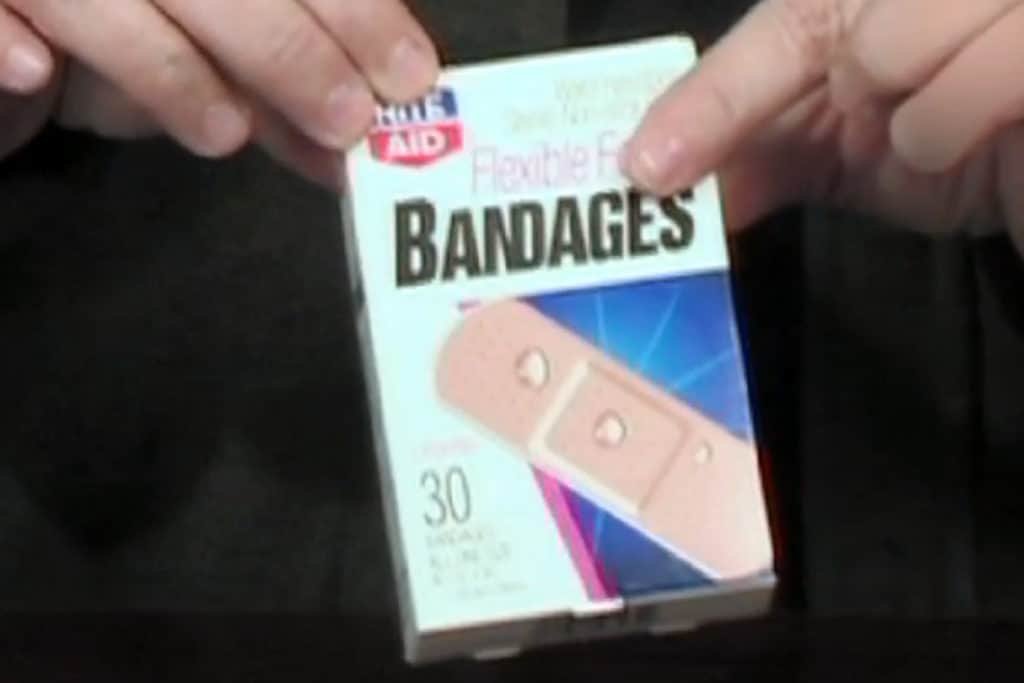Large-Animal Rescue Training Scheduled at EKU
The training is scheduled for March 30-Apr. 1, 2012 and will take place in Richmond, Ky.
The training is scheduled for March 30-Apr. 1, 2012 and will take place in Richmond, Ky.
Two training session at UC Davis trained first responders in the safest ways to handle livestock emergencies.
TLAER is hosting a large animal emergency rescue awareness course at Mississippi State University, Oct. 22-23.
Planning ahead for natural disasters can increase your horse’s chance for surviving the storm.
A Wisconsin company is recalling their equine first-aid kits due to the possible contamination of sterile alcohol prep pads and iodine prep pads with an “objectionable organism” during manufacturing. In a letter sent to customers in April, Creative

Learn what first-aid supplies you should have on hand for the humans working in and visiting your barn with Dr. Roberta Dwyer of the University of Kentucky’s Gluck Equine Research Center.

What you should have in a first-aid kit for your horses, with Dr. Roberta Dwyer of the University of Kentucky’s Gluck Equine Research Center.
Although it is the most basic form of health care, horse owners should be aware that horses need first aid care just as much as people do, if not more.

Due to their inquisitive nature, a well-developed flight response, and that they are commonly confined in areas with potential obstacles such as metal or wire, horses tend to be accident prone, making wounds a fairly common occurrence.
The best way to prepare for emergencies is to try to prevent them. Perhaps the best approach to first aid is to minimize the risk of accidents, injuries, and disease. Sometimes we do foolish things with, and to, our horses.
Dean Hendrickson, DVM, MS, Dipl. ACVS, director of the James L. Voss Veterinary Teaching Hospital at Colorado State University, will host “Equine First Aid: A Horse Owner’s Guide to Emergencies and Wound Care,” on Thursday, June 4, from 7-9 p.m.
Traditionally, in the event of some sort of accident–trailer overturned, horse stuck somewhere, horse down, environmental disaster–the owner or witness often attempts to deal with the incident himself/herself or with the aid of a friend
When a horse’s leg is fractured, the primary treatment goal is to stabilize the fracture site so the broken bone ends don’t further separate and do more damage. The outcomes of these cases often have a great deal to do with how well the broken
The first thing most guides on handling emergency situations will tell you to do is be prepared for that emergency. Know what can happen, what you’ll do in that situation, who you’ll call, what supplies you’ll need, etc. For an equine health
Various horse management and health care tips offered by equine professionals at the AAEP 2006 Convention.
A series of comprehensive and disposable wound care treatment kits is the latest addition to EquiMedic USA’s line up of complete equine emergency first aid kits. Four new Mini Wound Care Kits expands the unique and varied inventory of EquiMedic’
Stay on top of the most recent Horse Health news with
"*" indicates required fields